- No categories
-
- My Account Subscribe Now | Sign In Log Out
- New York, May 28, 2025
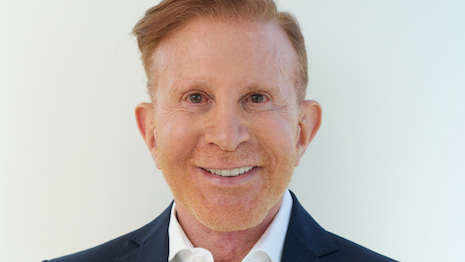
More than ever, brands are competing for the same client. One thing is crystal clear: establish a genuine connection with clients or risk becoming irrelevant.

The recent annual McKinsey & Co. report, The State of Fashion 2022, outlines major trends that the industry will face in 2021 and suggests strategies to deal with them.
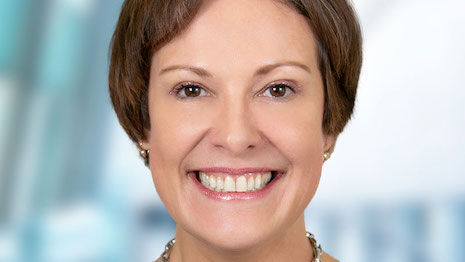
Branding – once an exercise that involved plastic signs, billboards and newspaper print ads – has now firmly taken up residence in the world of bits, bytes, smartphones, wearables and, occasionally, a desktop computer.

Most ecommerce businesses rely heavily on advertising to draw customers to their Web sites and, in the case of retargeting, remind them of past visits or past purchase intentions.

The buying behavior of consumers has changed with the pandemic.
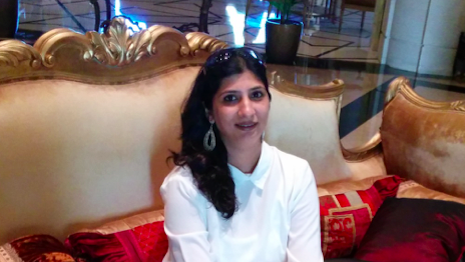
A growing number of young Indian consumers are now making more informed decisions. They show concern for society and environment while making product choices.

New regulations that aim to address financial disparity and personal privacy in China could have a major impact on international sales for luxury brands.

Attention spans and anxiety levels are being stretched, but the most basic and effective form of communication is also the most overlooked.
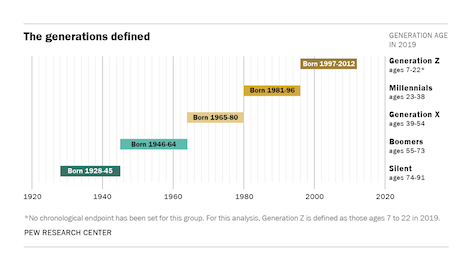
Gen Z is the youngest, most ethnically diverse and largest generation in American history. They make up 27 percent of our population.

Luxury businesses need to find ways to offer the same personalized experience found in physical stores, while catering to the growing demand for digital shopping options.

How can trademark law be used to control to whom and where luxury and fashion branded products are sold?

Early shoppers, a shortage of repair pros, in-store returns and logistical costs all loom.
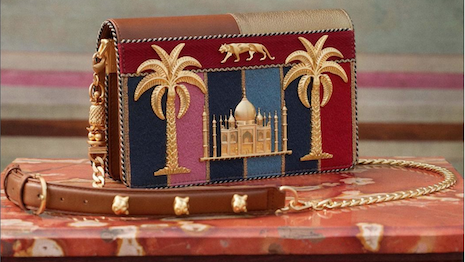
With an absolute number of 56.1 million millionaires in a total population of 7.9 billion, the accumulation of wealth has never been higher.

Authentic goods, too, can turn into counterfeits as a matter of law, depending on how extensively they are altered.

The term “luxury” has always been difficult to define, especially as its essence is always changing.

Outside of traditional IP rights there are few paths that the originators of creative expressions can take to prevent the theft of their intellectual property, leaving them practically defenseless when confronted with such misuse.
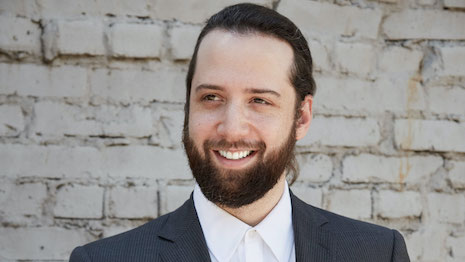
For better or worse, scarcity and exclusivity are founding values of the luxury goods industry — values that have made most luxury brands extremely slow to adapt to digital world in which things are easily replicated.
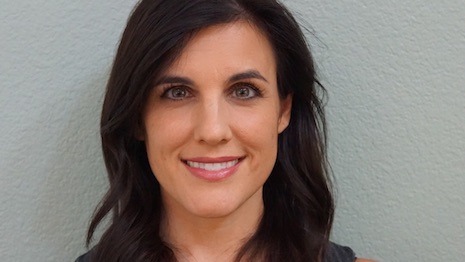
While many industries were able to adapt and embrace the new digital frontier, for others, finding a substitution for in-person experiences was more difficult.
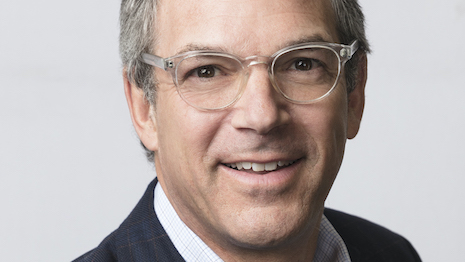
Luxury brands are currently signing more short-term leases in newer or unfamiliar markets.
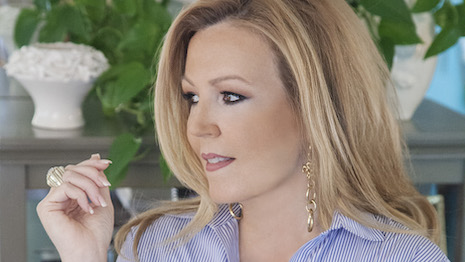
The Chinese video-sharing platform was the only app not owned by Facebook to make the global list of top five downloads, taking the leading spot for the first time over Facebook.
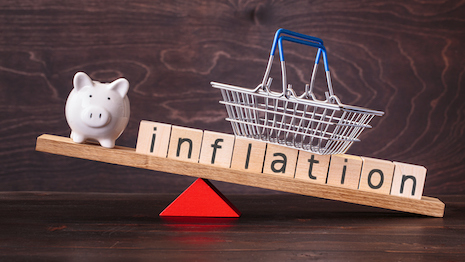
According to the new U.S. Labor Department stats, inflation pushed up to 5 percent for the 12 months ended May 31 – a 13-year high. For many marketers who have spent the past 18 months riding a stomach-turning economic roller coaster, this news may seem hard to understand.